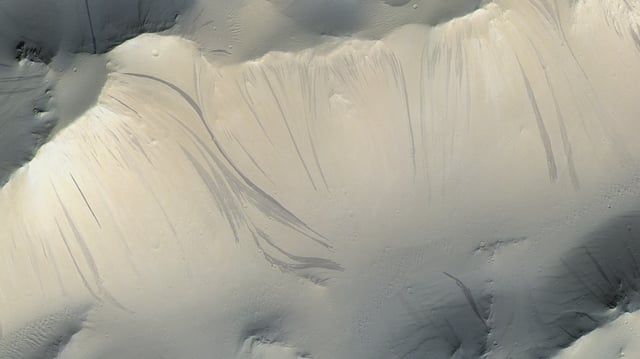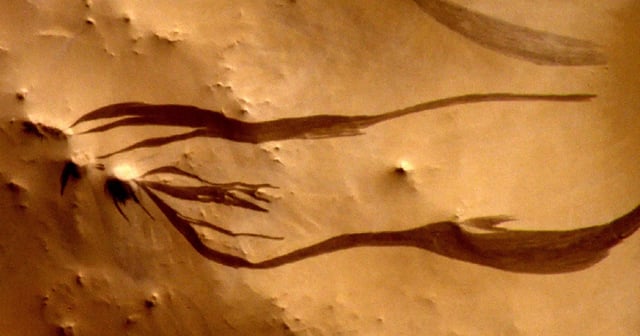Overview
- A global catalog of over 500,000 Martian slope streaks was created using machine learning and 86,000 high-resolution satellite images.
- Geostatistical analysis links these features to wind, dust deposition, and seismic activity, ruling out liquid water or frost as their origin.
- The findings indicate that these locations are unlikely to support life, reducing contamination concerns for future Mars missions.
- Slope streaks often form near impact craters, while recurring slope lineae (RSLs) are associated with dust devils and rockfalls.
- The study underscores the role of dust dynamics in shaping Mars' surface and climate, with millions of tons of material potentially transported annually.


